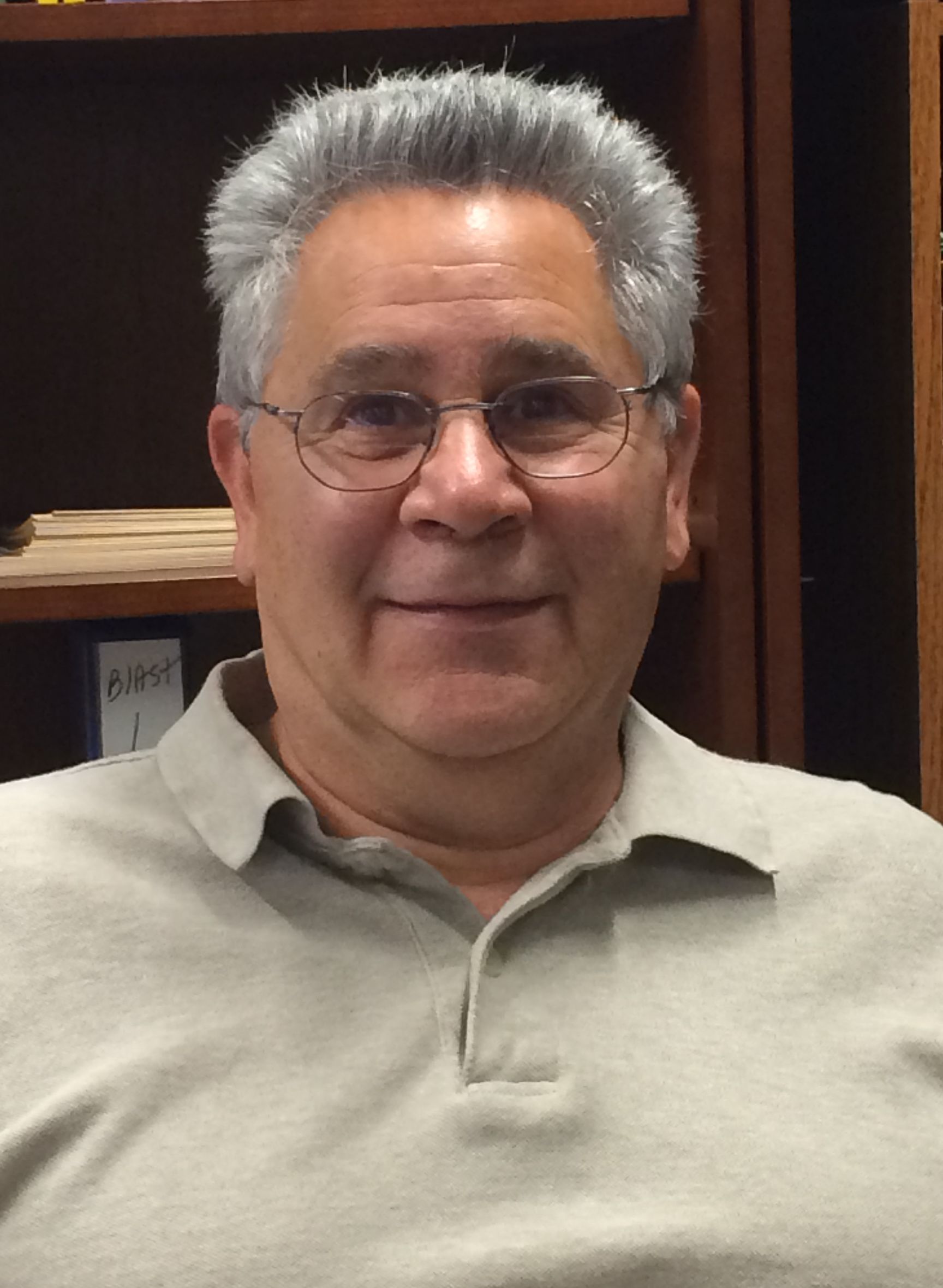Nicolas L. Chiaia, Ph.D.

Emeritus Professor
Office: 179 Block Health Sciences Building
Tel: 419-383-6114
Email: nicolas.chiaia@utoledo.edu
Education:
1977: B.S., Physiological Psychology, Fairfield University, Fairfield, Connecticut
1981: M.A., Psychology, Kent State University, Kent, Ohio
1985: Ph.D., Biology, Northeastern Ohio Universities College of Medicine, Rootstown,
Ohio
Research Interests:
Somatosensory development, Cortical pattern formation, injury-induced reorganization.
Research Techniques:
Single and Multi-unit electrophysiology, Immunocytochemistry, slow-release drug application.
Research Summary:
My major research interests are focused on factors that influence the development
and plasticity of patterned neural connections in the rodent somatosensory system.
Using the 'whisker to barrel' pathway pioneered by Drs. Thomas Woolsey and Hendrick
Van Der Loos as a model system, experiments in my laboratory have been directed at
understanding the development of this system and the factors which govern the reorganization
of both peripheral and central connections in this pathway following nerve injury
during development.
My laboratory has also been interested in the role of early neuronal activity in the
development and maintenance of patterned vibrissae-related connections in the primary
somatosensory cortex (S-I).
My laboratory showed that neural activity at the level of thalamocortical
synapses is not essential for the maintenance of patterned neural connections
since silencing activity in this region at birth did not prevent the appearance
of vibrissae-related organization of thalamocortical axon terminations or
postsynaptic cortical cells.More recently my laboratory has investigated the role of peripherally expressed and
peripherally transported factors in the maintenance of vibrissae-related patterns
in the trigeminal neuraxis. Using drugs which attenuate axoplasmic transport in the
infraorbital nerve, we have observed a disruption of the pattern of aggregation of
higher-order brainstem cells that is not reflected by any disorganization of the central
terminals of trigeminal primary afferents from which they derive their input. This
suggests that some factor or factors transported from the periphery may be necessary
for maintaining the normal aggregation of vibrissae-sensitive neurons in the trigeminal
neuraxis. The nature of these factors is as yet unclear.
My laboratory also works closely with that of Drs Richard Lane and Richard Mooney.
We are currently collaborating on projects aimed at determining specific gene products
belonging to the tyrosine kinase receptor family, which may influence the patterning
of somatosensory connections. variety of acutely isolated or cultured cell types.
References (Partial List):
Lane RD, Pluto CP, Kenmuir CL, Chiaia NL, Mooney RD. Does reorganization in the cuneate nucleus following neonatal forelimb
amputation influence development of anomalous circuits within the somatosensory cortex?
J Neurophysiol. 2008 Feb;99(2):866-75.
Lane RD, Chiaia NL, Kesterson KL, Rhoades RW, Mooney RD. Boundary-limited serotonergic influences on
pattern organization in rat sensory cortex. Neurosci Lett. 2006 Mar 6;395(2):165-9.
Pluto CP, Chiaia NL, Rhoades RW, Lane RD.Reducing contralateral SI activity reveals hindlimb receptive
fields in the SI forelimb-stump representation of neonatally amputated rats.J Neurophysiol.
2005 Sep;94(3):1727-32.
Bowlus TH, Lane RD, Stojic AS, Johnston M, Pluto CP, Chan M, Chiaia NL, Rhoades RW. Comparison of reorganization of the somatosensory system in rats that
sustained forelimb removal as neonates and as adults.J Comp Neurol. 2003 Oct 20;465(3):335-48.
Pluto CP, Lane RD, Chiaia NL, Stojic AS, Rhoades RW. Role of development in reorganization of the SI forelimb-stump
representation in fetally, neonatally, and adult amputated rats.J Neurophysiol. 2003
Sep;90(3):1842-51.
Chiaia NL, Shah A, Crissman RS, Rhoades RW. Prevention of galanin upregulation following neonatal
infraorbital nerve transection or attenuation of axoplasmic transport does not rescue
central vibrissae-related patterns in the rat.Eur J Neurosci. 2001 Jan;13 (1):25-34.
Chiaia NL, Zhang S, Crissman RS, Rhoades RW. Effects of neonatal axoplasmic transport attenuation
on the response properties of vibrissae-sensitive neurons in the trigeminal principal
sensory nucleus of the rat. Somatosens Mot Res. 2000;17(3):273-83.
Boylan CB, Bennett-Clarke CA, Chiaia NL, Rhoades RW. Time course of expression and function of the serotonin transporter
in the neonatal rat's primary somatosensory cortex.Somatosens Mot Res. 2000;17(1):52-60.
Bennett-Clarke CA, Chiaia NL, Rhoades RW. Differential expression of acetylcholinesterase in the brainstem, ventrobasal
thalamus and primary somatosensory cortex of perinatal rats, mice, and hamsters. Somatosens
Mot Res. 1999;16(4):269-79.


